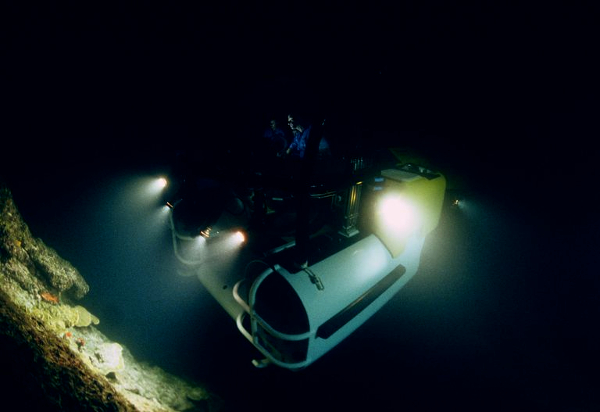If the observation made by Prime Minister Narendra Modi during his speech at the inaugural ceremony of the 107th Indian Science Congress at Bangalore last Friday is any indication, Chennai is set to emerge as the country’s hub for deep sea missions akin to its feats in Space explorations. While ISRO has started training astronauts for space faring, the country’s aquanauts are being trained for deep sea missions.
“We have to replicate the achievements made by the country’s scientists in Space exploration in ocean too. The seas remain unexplored and untapped for want of technology,” the Prime Minister had said at Bangalore on Friday.
Interestingly, Modi began his speech from where Dr K Sivan, chairman, Space Commission, left on New Year day by announcing about the country’s manned Space mission (Gaganyaan), Chandrayaan-3 and other inter –planetary explorations.
Even as Prime Minister Modi was delivering his speech at the ISC , a group of scientists and engineers in the National Institute of Ocean Technology, Chennai, an elite institution under the Ministry of Earth Sciences were busy in perfecting the nuances of Samudrayaan (the deep sea manned mission) for exploring and exploiting the hitherto unmeasured deep sea marine wealth.
“We hope to perfect the first ever manned mission to deep sea by 2022. The Samudrayaan has many constraints and hence the progress is slow though steady,” said Dr Atmanand, director , NIOT Chennai. For Dr Atmanand and his team of researchers, the bottom of the ocean is not a strange domain.
They have succeeded in sending unmanned mission to the depth of the Indian Ocean as early as 2009 as part of the Samudrayaan mission.
The NIOT scientists had conducted a successful but silent Samudrayaan on April 13, 2009 itself by planting the national tricolour on the seabed at a depth of 3000 meters using ROSUB-6000, a Remotely Operated Vehicle for deep sea exploration.
“It was a successful mission and we proved the capability of ROSUB in exploring ocean depths. The machine has the potential to go up to 6000 meters but we want to reach that depth in stages,” Dr G A Ramadass, chief scientist, had told The Pioneer while declaring the details of the mission.
Vice President M Venkiah Naidu while addressing the scientists of NIOT during its silver jubilee celebrations in
November last had referred to the importance attached by the Government of India to the operations carried out by the institute. “NIOT is working on almost all aspects of the six priority pillars of blue economy — Fisheries and Aquaculture; Renewable Ocean Energy; Seaports and Shipping; Offshore Hydrocarbons and Seabed Minerals; Marine Biotechnology, Research and Development and Tourism,” he had said. India’s top priority is to exploit offshore hydrocarbons and seabed minerals whoich would elevate the country to a super economic entity, a NIOT veteran had pointed out.
“While oceans already account for significant trade and commerce in the fields of shipping, offshore oil and gas, fishing, undersea cables, and tourism, the emerging industries such as aquaculture, marine biotechnology, ocean energy and sea-bed mining have the potential to create jobs and spur worldwide economic growth,” Naidu had said.
The brief given to NIOT is to mine and bring out the vast deposits of cobalt, nickel, manganese and copper present in the Central Indian Ocean Region in the form of polymetallic nodules at a depth of 6000 meters.
A Manned Submersible vehicle which can reach the 6000 meter depth is getting readied in the laboratories of NIOT at Chennai. Simultaneously, a mission is on to train the country’s aquanauts (the ocean equivalent of those known as astronauts). If everything proceeds as planned, the sea craft carrying three aquanauts will touch the ocean bed by 2022 and they will be back with the first consignment of polymetallic nodules.
Who knows, in another couple of years, India will emerge as an exporter of copper, cobalt, nickel, manganese etc.
Source: DP
Image Courtesy: Thoughtco
You may also like
-
Trade Connect E-platform For Exports Is Single Window, Fast, Accessible And Transformational: Shri Piyush Goyal
-
Dot Simplifies Approval Processes For Telecom Licenses And Wireless Equipment
-
Coal Production and Supply Trends on Positive Trajectory
-
Union Minister To Release Booklets On Promotion Of Indigenous Species & Conservation Of States Fishes
-
2nd India-Japan Finance Dialogue held in Tokyo on 6th September, 2024
